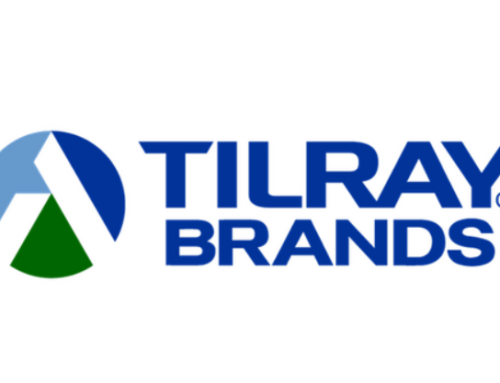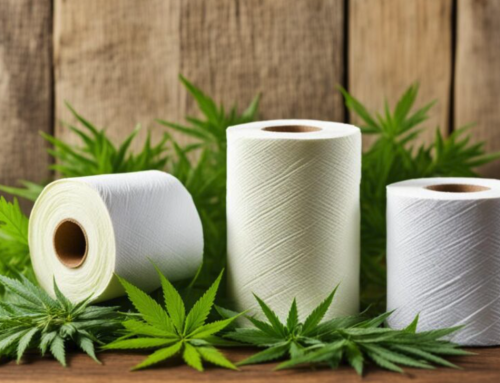Labstat International Inc. & The Blinc Group Study Finds Vape Habits Don’t Cross Borders
KITCHENER, ON – Labstat International Inc., Canada’s independent third-party cannabis testing company, in partnership with The Blinc Group, Inc., the regulatory-focused designer and provider of premium, customized and bespoke vaporizer technologies, have conducted the first North American Cannabis Vape Consumption Survey aimed at better understanding how consumers use vaping devices. The study, Cannabis Puffing Regimes: A first step in developing standardized testing for cannabis vape products, found that cannabis consumption through vape devices is vastly different than nicotine and varies across borders.
“We set out to better understand how consumers use vape products to create a puffing regime to help inform policy. As expected, we found that the vape consumer is quite different from your traditional nicotine user, but we also found it interesting to learn that there were also many differences between an American consumer and a Canadian consumer,” said Arnaud Dumas de Rauly, CEO and co-founder of the Blinc Group.
Administered by Abacus Data, the Cannabis Vape Consumption Survey collected information from both medical and adult-use consumers across North America to understand how they use cannabis vape devices. More than 2,000 medical and adult-use cannabis consumers across North America answered questions pertaining to their vape consumption habits. Labstat and The Blinc Group used the data to create a baseline “puffing regime” for cannabis vape testing.
To develop the regime the survey examined participants vaping frequency, formula preferences, length of vaping sessions, number of puffs inhaled, the intensity of those inhalations and the life of a vape cartridge.
“Our survey first found that American consumers use vape pens as their #1 method of consumption while Canadian consumers prefer joints and edibles. We also found that there is a significant difference between the number of cannabis vaping sessions per day in Canada versus America,” added Dumas de Rauly.
“A consumer’s smoking behavior influences potential exposure to harmful or potentially harmful contaminants and the puffing regime is an important aspect of risk assessment. This newly defined cannabis puffing regime will further inform the standardization of quality and safety testing protocols designed for today’s complex cannabis vape devices,” said Peter Joza, Chief Technical Officer of Labstat.
The 2019 EVALI crisis in the United States has led to great debate over how to protect cannabis vape consumers and illustrated the need for more research into the issue. The Colorado Marijuana Enforcement Division has put in place new regulations that go into effect by January 2022 making it one of the first in the world to require aerosol testing for cannabis vaping products. The regulations state “all cannabis concentrates in vaporized delivery devices must be tested for heavy metal contaminants in the emitted aerosol by an authorized testing facility.”
“The industry has put all its emphasis on testing the oils and concentrates that go into vape pens but have neglected to test what actually comes out of them and is inhaled into our bodies. The heating of the cannabis changes its chemical composition, it stands to reason that this could have a different impact upon one’s health,” said Dumas de Rauly.
“Very little information is known about the consumption habits of vape consumers. Their vaping behavior influences potential exposure to harmful or potentially harmful contaminant and the puffing regime helps us to assess that risk and inform regulators of those risks,” added Joza.
(This information is primarily sourced from Labstat International Inc. Highly Capitalized has neither approved nor disapproved the contents of this news release. Read our Disclaimer here).



































